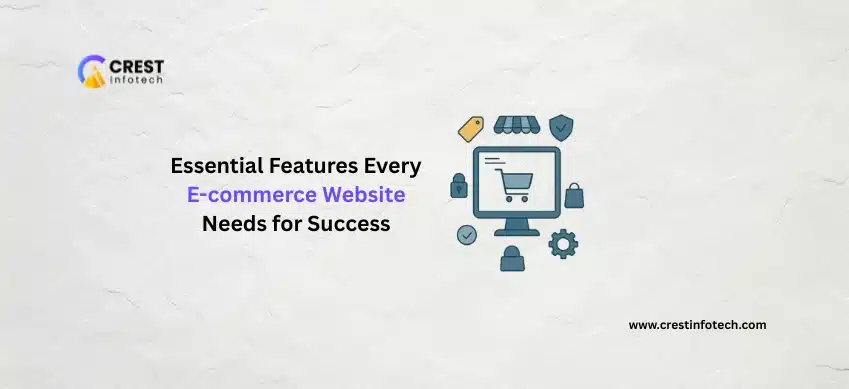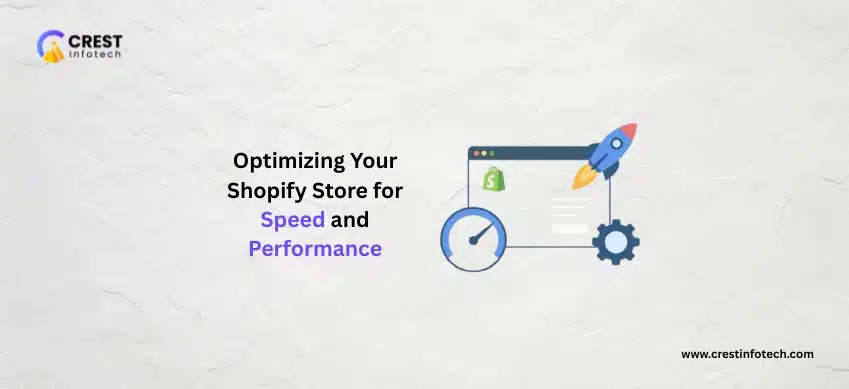In today’s fast-paced digital marketplace, having a visually appealing e-commerce site is not enough. To attract visitors, convert them into customers, and retain their loyalty, your website must offer the right features. Below are the essential elements every successful e-commerce website should have.
1. User-Friendly Navigation
Efficient navigation is key to helping users find products quickly. A clean layout, logical categories, a sticky menu, and a powerful search bar with auto-suggestions can significantly improve the shopping experience.
2. Mobile Optimization
With mobile commerce on the rise, your website must be fully responsive. A mobile-optimized design ensures seamless usability across all screen sizes, enhancing user engagement and conversion rates.
3. Secure Payment Options
Security is non-negotiable in e-commerce. Offer encrypted transactions, display trust badges, and support multiple payment methods including credit cards, PayPal, Apple Pay, and Buy Now, Pay Later services.
4. High-Quality Product Pages
Each product page should feature clear, high-resolution images, detailed descriptions, customer reviews, size guides, and availability status. These details help customers make informed purchasing decisions.
5. Fast Loading Speed
Website speed directly impacts user satisfaction and SEO. Optimize your images, use efficient coding practices, and consider a content delivery network (CDN) to ensure pages load within seconds.
6. Simple and Secure Checkout Process
A complicated checkout process can lead to cart abandonment. Offer guest checkout, minimize the number of steps, auto-fill user details, and show progress indicators to guide users through the process.
7. Real-Time Inventory Management
Let users know whether a product is in stock, out of stock, or available for pre-order. Real-time inventory updates help manage customer expectations and reduce operational issues.
8. Customer Reviews and Ratings
Displaying customer feedback builds trust and credibility. Allow users to rate products, write reviews, and share photos to enhance authenticity and influence buyer decisions.
9. Wishlist and Save for Later Features
Give customers the option to save products for future purchase. Wishlists help users keep track of items and can lead to increased conversions and return visits.
10. Order Tracking and Notifications
After purchase, keep customers informed with order status updates, shipping notifications, and estimated delivery dates. These updates boost customer satisfaction and reduce support inquiries.
11. SEO and Analytics Integration
Your website should be search engine-friendly with clean URLs, meta tags, and schema markup. Integrating tools like Google Analytics and Search Console helps track performance and uncover opportunities.
12. Strong Customer Support System
Offer multiple ways for customers to reach out—live chat, email, FAQs, and phone support. Fast, friendly, and helpful customer service can significantly improve user experience and brand perception.



